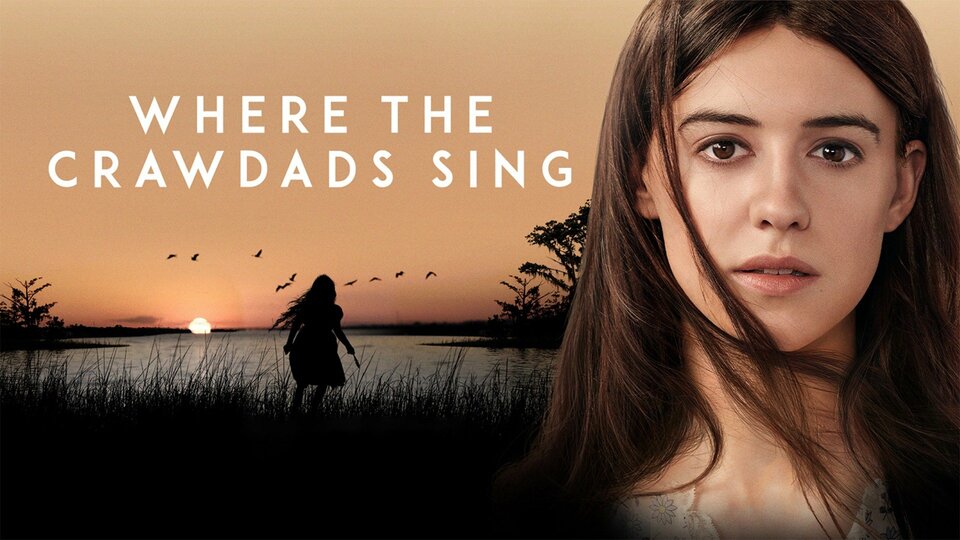On my way back to State College after winter break with the one and only Shreya Gorawala (some of you may know her from the 10:10am section I took last semester), we decided to watch a movie. After a long deliberation, we watched the trailer for “Where the Crawdads Sing,” and decided to give it a shot. Neither of us had read the book, but we had both heard good things about it, and the movie had some good ratings. All in all, I think we can both agree that it was one of the best films we had watched in a while! I wasn’t really sure what to expect, because it started off a little slow, but it was an incredibly engaging movie with many twists and turns I didn’t expect.

Film poster for “Where the Crawdads Sing.” image source
In case you haven’t read the book or heard about the movie, I’ll give a quick, non-spoiler filled synopsis. The story surrounds Kya, a young woman who grows up in deep poverty in the marshes of North Carolina. Her childhood is difficult and traumatic, as her abusive father causes all of her siblings and her mother to abandon her. As she gets older, one day her father flees town leaving her all alone in their house to fend for herself. But Kya takes on the challenge, and becomes independent and successful with some help from friendly townspeople. The story focuses on Kya’s love life with different city boys whose families look down on her due to her social class. The crux of the plot, however, is that one of the boys Kya was seeing is murdered, and she is on trial due to her social standing and fully circumstantial evidence. The way the film is organized is really engaging, because the present time is throughout the trial, but much of the film is flashbacks of Kya’s life leading up to it.
In terms of the film techniques and plot line, I thought it was incredibly cinematic, did not set aside uncomfortable or taboo topics, and characterized Kya as strong and independent, which I appreciated. First of all, the setting is gorgeous. Kya lives right on the North Carolina marshes, and there are many shots of nature and the sky, as Kya goes out onto the marsh to fish. I think these shots symbolize that one doesn’t necessarily need to be wealthy or well respected in society to reap the benefits of life, as those who are wealthy and live in town don’t get to appreciate nature to that extent.
the beautiful nature showcased in the movie. image source

I also think that it is brave how the film does not stray away from uncomfortable moments, because it is important to raise awareness about abuse. Kya is abused by her father, and abused and raped by one of the men she sees throughout the film. While these scenes are difficult to watch, it is encouraging to see Kya come out stronger than ever, and stand up for herself. Furthermore, Kya is characterized as strong, independent, and brave. She makes a life for herself out of nothing, and builds herself up from the ground. She learns how to make a living and succeed with very little help, and is able to find happiness in the end. Personally, this movie makes it into my top 5, so I’d definitely recommend you give it a watch. There’s even a crazy twist at the end, so make sure to pay attention! 🙂
My Dearest Gianna,
Oh how I terribly miss you being in my section! Sometimes I turn to my right and get shocked that I no longer see your beautiful face sipping on a terrifyingly dark-colored cold brew. But enough about my heartbreak, watching “Where the Crawdads Sing” with you was a wonderful way to start off my new year. I totally agree that the cinematography was beautifully shot, and that the twist was a perfect way to end such a bold movie. I will say that I did not appreciate the plot holes about Kya’s appearance. You’re telling me a poor girl who grew up alone in a marsh took the time to shave her legs every day? Be for real. Anyway love you bye <3